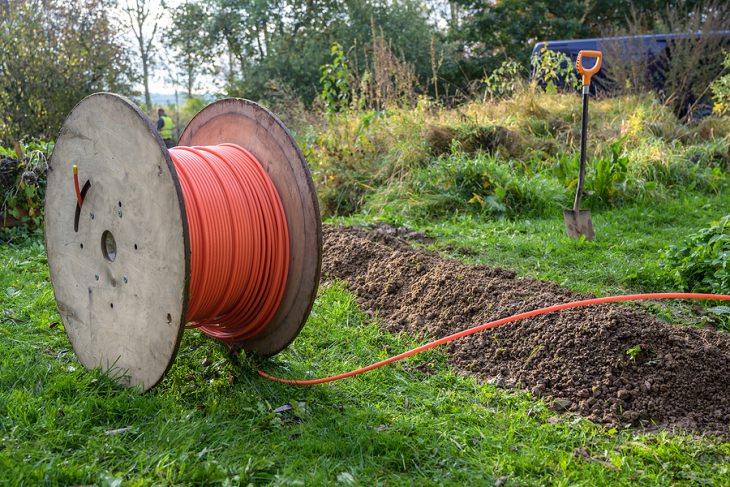
Infrastructure Bank loans may also be involved
By Ahmad Hathout
SELWYN TOWNSHIP – Ontario’s most ambitious effort to connect the entire province to high-speed internet by the middle of this decade will get at least $600 million from the Universal Broadband Fund (UBF), the federal government confirmed to Cartt.ca, and it may also leverage loans from the Infrastructure Bank.
The federal government announced Thursday that the total contribution, split evenly between the provincial and federal government, is $1.2 billion dollars for the fibre-focused broadband mission. Cartt.ca, however, had to confirm with federal officials that the federal portion is coming from the $2.75 billion UBF program.
The announcement also said that the Infrastructure Bank, which was injected with an additional $2 billion for broadband projects last year, may get involved. The provincial government had anticipated that the bank would inject cash into the endeavour.
“The Canada Infrastructure Bank is assessing opportunities proposed through the Universal Broadband Fund to provide additional financing on a project-by-project basis toward significant expansion of broadband in partnership with private and institutional investors,” Thursday’s release said.
Thursday’s announcement lagged two weeks behind Ontario’s announced commitment to use $4 billion from multiple funding sources to bring 50 Mbps download and 10 Mbps upload speeds to the entire province by 2025. It also came just days after Infrastructure Ontario was supposed to host a webinar with prospective bidders on Monday to discuss the reverse auction format and other logistics of the program.
A request for comment to Infrastructure Ontario was not returned.
Ontario’s goal is to use a reverse auction to provide funding to bidders who need the least amount of the subsidy for projects to hardwire homes and businesses with fibre. The province said this will ensure the technology is future-proof, but an infrastructure official who Cartt.ca spoke with said there may be homes that will be left over after projects are complete, which could be connected using other technologies like low-earth orbit satellites.
The province has already put in place other mechanisms to achieve widespread connectivity in four years, including passing legislation to speed up access to passive infrastructure for telecoms to place equipment, and has existing broadband projects, including the Improving Connectivity for Ontario program.
With the announcement, the UBF is nearly 40 per cent consumed by Canada’s two most populous provinces. For perspective, the first phase of Quebec’s Operation High Speed – a massive broadband endeavour in its own right that is banking on connecting the entire province by the fall of 2022 – yielded a joint-government commitment of $826.3 million, which consumed 24 per cent of the UBF cash at the time, or $413 million. Albeit it is less ambitious in the number of households it hopes to provide connectivity access to – 150,000 versus Ontario’s 750,000.
That was before the most recent federal budget plowed another $1 billion into the $1.75 billion federal program, which is supposed to be a more mature version of 2016’s $585 million Connect to Innovate program.
The federal government said it expects to connect 435,000 households by the end of this year. Across the country, there are more than 890,000 rural and remote households that are expected to be connected using federal dollars, Innovation Canada said in Thursday’s release.



